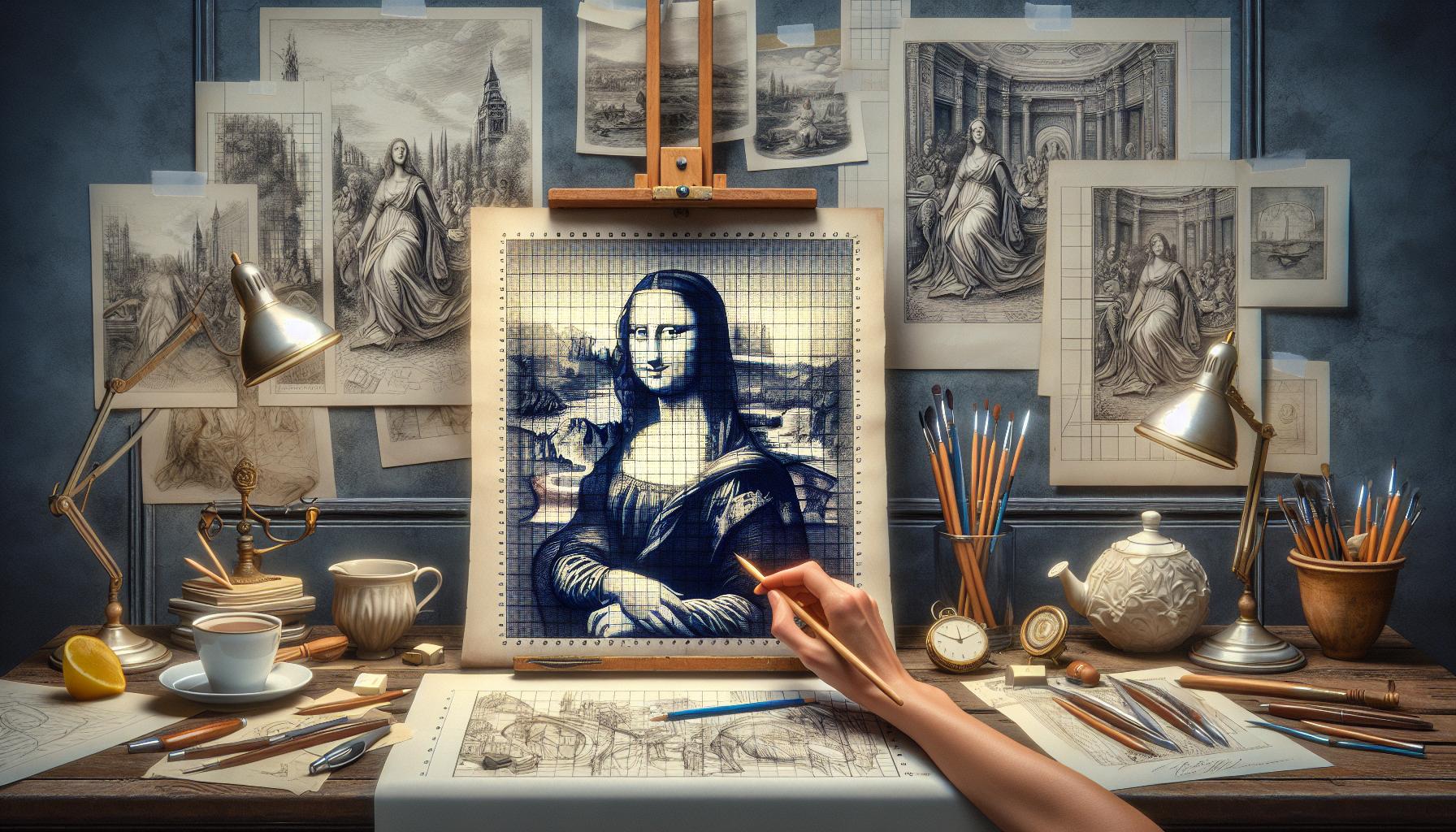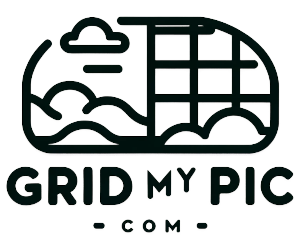Enhancing Your Drawing Skills with the Grid Method
Unlock the full potential of your drawing skills with the Grid Method, a classical technique that ensures accuracy and improves composition. Whether you're a beginner or seasoned artist, this method can transform your approach to capturing intricate details. Dive in to discover how grids can elevate your artistry!

Enhancing Your Drawing Skills with the Grid Method
Mastering the art of drawing can often feel like a daunting task, especially for beginners. Whether you're a novice eager to dive into the world of art or an established artist looking to refine your craft, the Grid Method stands out as an exceptionally powerful tool. This classical technique aids in accuracy, proportions, and overall composition, bridging the gap between aspiring artists and their ambitions.
The Grid Method is a technique employed by artists to achieve precise proportions while drawing. It involves breaking down the subject and the drawing surface into equal squares or rectangles. By doing so, it becomes significantly easier to capture intricate details and maintain correct proportions.
What Is the Grid Method?
The Grid Method can trace its origins back to ancient civilizations. The ancient Egyptians used grids to transfer and scale images to larger surfaces, a technique that has transcended centuries and continues to be a staple in the artist’s toolkit.
The basic principle behind the Grid Method revolves around dividing an image into smaller, more manageable sections. By superimposing a grid over a reference image and a corresponding grid over your drawing surface, it becomes simpler to focus on reproducing one section at a time, rather than overwhelming yourself with the entire composition.
How to Implement the Grid Method in Your Artwork
To fully harness the power of the Grid Method, follow these steps:
- Select a Reference Image: Choose an image that you want to draw. This could be a photograph, a picture from a magazine, or any visual reference that inspires you.
- Create the Grid: Using a ruler, divide your reference image into equal squares or rectangles. Ensure the grid lines are very light if you're working directly on the photo to avoid damaging it.
- Transfer the Grid: Recreate the grid on your drawing surface, ensuring that it has the same number of squares and proportions as the reference image grid.
- Start Drawing: Focus on one square at a time. Observe the shapes and lines within that single square of your reference image and replicate it onto the corresponding square on your drawing surface.
- Refine Your Drawing: Once all the sections are complete, step back and review your entire drawing. Refine the details, remove the grid lines, and add any final touches to complete your artwork.
Benefits of Using the Grid Method
Improved Accuracy
One of the most immediate benefits you'll notice from using the Grid Method is enhanced accuracy in your drawings. The grid makes complex subjects more approachable, as it breaks them down into smaller, digestible parts. This section-by-section approach ensures that proportions and placements remain consistent, ultimately leading to more lifelike and detailed renditions.
Enhanced Focus
By concentrating on one square at a time, the Grid Method aids in staying focused. It minimizes the vastness of the task, allowing for micro-level concentration on each section. This heightened focus not only improves precision but also helps in reducing overwhelm and anxiety associated with large drawing projects.
Better Understanding of Proportions
Proportions are crucial in drawing. The Grid Method trains your eye to measure and compare different parts of the subject. Over time, this practice will significantly enhance your ability to gauge proportions accurately, even when you aren't using a grid.
Common Mistakes to Avoid
Over-Darkening Grid Lines
One common mistake is making the grid lines too dark. These lines can be difficult to erase and may interfere with the final appearance of the drawing. Use a light hand to ensure the lines are barely visible, making them easier to erase or blend in later on.
Inconsistent Grid Sizes
Ensure the grids on your reference image and drawing surface are identical in size and proportion. Any discrepancy can lead to distortions and inaccurate renderings.
Ignoring the Big Picture
While focusing on individual squares is important, periodically step back and view the drawing as a whole. This helps in identifying any proportional inconsistencies and making necessary adjustments.
Practical Tips for Effective Grid Method Utilization
Sketching Tips to Get Started
Use a light, hard pencil such as a 4H to draw the grid. This will ensure the lines are thin and easy to erase. For the main drawing itself, you can switch to softer pencils to add depth and shading.
Software Tools
There are several apps and software tools available that can help you digitalize the Grid Method. Programs like Adobe Photoshop allow you to easily create grids on digital images, saving you the effort of doing it manually.

Break Down Complex Shapes
For more complex shapes and subjects, draw additional grid lines to create even smaller squares. This further breaks down intricate details, making them easier to replicate accurately.
Advanced Applications of the Grid Method
Scaling Up Images
The Grid Method is not just limited to ensuring accuracy but can also be used for enlarging images. By increasing the grid size on your drawing surface compared to the reference image, you can scale up smaller images to larger canvases with accuracy. This is particularly useful in mural painting and large-scale artworks.
Enhancing Stylistic Techniques
Once comfortable with the basics, advanced artists often use the Grid Method in conjunction with other art techniques. For instance, combining it with chiaroscuro (the treatment of light and shadow) or foreshortening (depicting an object or figure in a picture in depth) can result in highly realistic and detailed artworks.
Conclusion
The Grid Method continues to be an invaluable resource for artists of all skill levels. It bridges the gap between seeing and rendering, allowing for increased accuracy, improved focus, and a better understanding of proportions. By incorporating this time-tested technique into your repertoire, you'll likely see a noticeable improvement in your drawing skills.
Remember, while the Grid Method is a fantastic tool, always balance it with freehand practice. This combination will not only improve your technical skills but also develop your unique style and artist's intuition.
In summary, mastering the Grid Method can provide significant benefits to your drawing. With practice, you'll find yourself drawing more confidently and accurately, making this technique a worthy addition to your art toolkit. Happy drawing!
